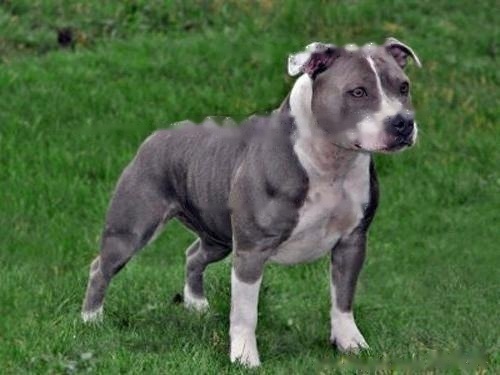Once characteristic canine distemper symptoms appear clinically, the prognosis is poor. Especially unimmunized dogs. Despite clinical symptomatic treatment, it is difficult to control the development of the disease, and most of them die due to neurological symptoms and exhaustion. Partially recovered dogs generally have different degrees of sequelae. What are the sequelae of dogs?

S TaffordshireBull Terrier
canine distemper Fever is generally divided into four types: catarrhal canine distemper, eczema canine distemper, gastrointestinal canine distemper, neurological canine distemper. If it is canine distemper of the digestive tract, after curing, the dog's appetite may also be smaller than normal dogs. And the absorption rate of nutrients is not high, so some dogs tend to grow slowly after canine distemper, and their appetite is not very good.
Of these conditions, neurogenic canine distemper is the most severe. Generally, when the dog shakes his head, convulsions, etc., the general doctor will advise him to give up, because the probability of cure is no longer available. If a dog with neurological symptoms survives, then twitching and shaking his head may continue to appear in the future, because some of the dog's nerves are damaged by the disease, so the dog can't control himself well.
The harm of canine distemper to dogs is undoubted. Therefore, in order to prevent dogs from getting canine distemper, the best preventive method is to take dogs to vaccinate in time to prevent problems before they occur.

Subscribe to Newsletter
Professional platform for pets, dogs and cats.
![[Dog Training 5] The training method of pet dog dining etiquette](/static/img/12192/12192_1.jpg)




